Detailed points for the production of hand-brewed coffee: introduction of the difference between filter paper dripping method and flannel dripping filter method
Recently, over a cup of coffee, a guest talked to the front street and said, "this cup of manning is too clean, free of fat and tastes a little bad." He recalled the mantenin he had drunk when he traveled to Japan. There was a layer of reflective grease on the surface and the taste was very.
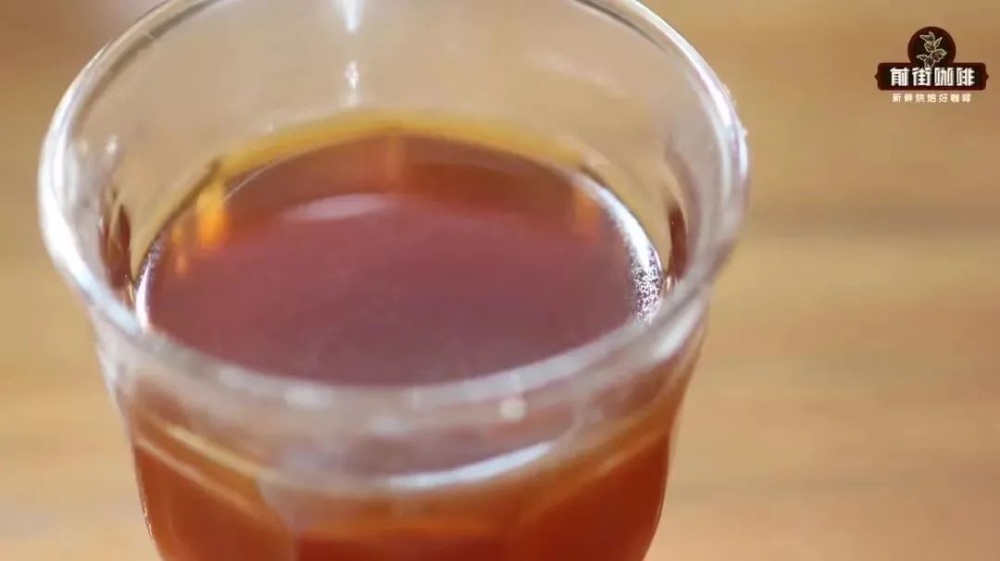
In fact, whether the coffee oil can be washed out or not has little to do with the technology, but mainly with the material of the filter. Nowadays, most of the hand-brewed coffee uses filter paper as the filter material. The filter paper has a very strong filtering ability and can filter out all the solid particles and most of the grease, so the coffee washed out with the filter paper will be very clean. If you want to retain the grease of coffee, you need materials with less filtering properties, such as flannel and metal strainer. Metal filter mesh due to a large gap, in addition to grease can pass, some fine coffee powder can also pass, so less people will like to use metal filter as a filter material. The fiber gap of flannel is just right. Flannel is a kind of fabric with cotton surface on one side and velvet surface on the other. The most important feature of this filter cloth is that it can filter out all the solid coffee powder, but it can let the coffee oil pass through. Therefore, using flannel filter cup to make coffee can preserve the coffee oil very well. This layer of coffee fat makes the coffee smoother, fuller and mellow in the mouth.
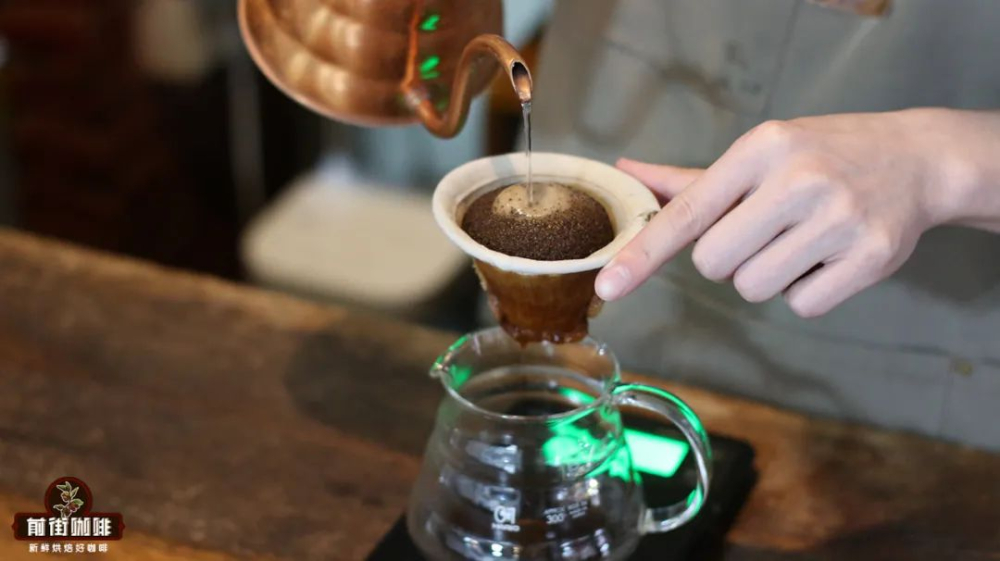
The use of flannel filtered coffee can be traced back to Europe in the 18th century, when it was popular to brew coffee powder in a pot with water, and then use flannel filter cloth to filter out the dregs. Later, until the emergence of hand-brewed coffee, and then spread to Japan.
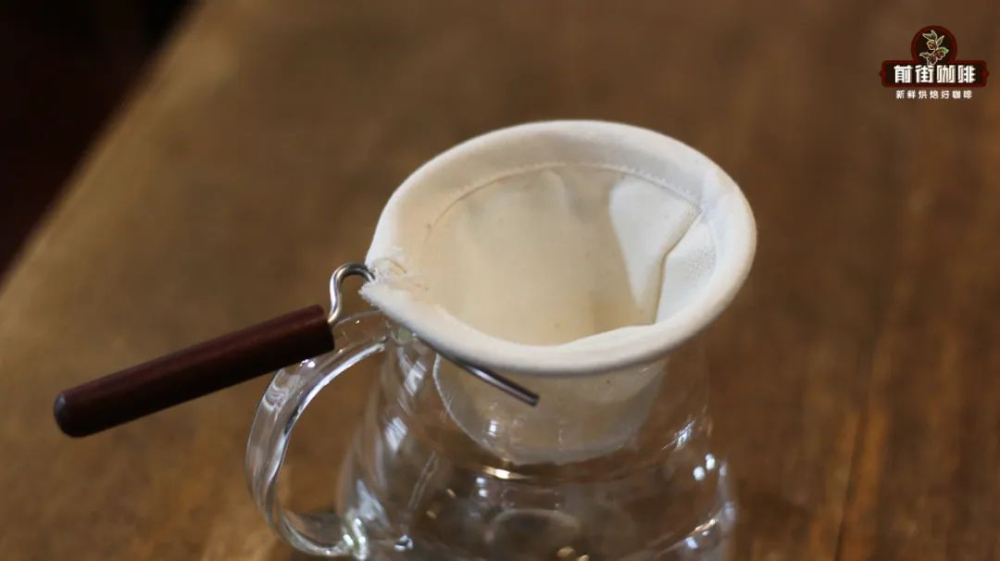
The Japanese found that compared with the filter paper at that time, the filtered coffee was cleaner, more mellow, washed and reused, and the cost per cup was lower. Flannel coffee was once popular all over East Asia, until now, many coffee shops in Japan still insist on using flannel products. Nowadays, flannel is basically completely replaced by filter paper, and very few coffee shops use flannel to make coffee, so we have to talk about the limitations of flannel. Flannel is not very suitable for shallow baking coffee flannel compared with filter paper, its gap is much thicker, so its launching speed is not a little faster than filter paper, and flannel filter cloth can let coffee liquid through all around, so, when the water level is higher, the faster the launching speed.
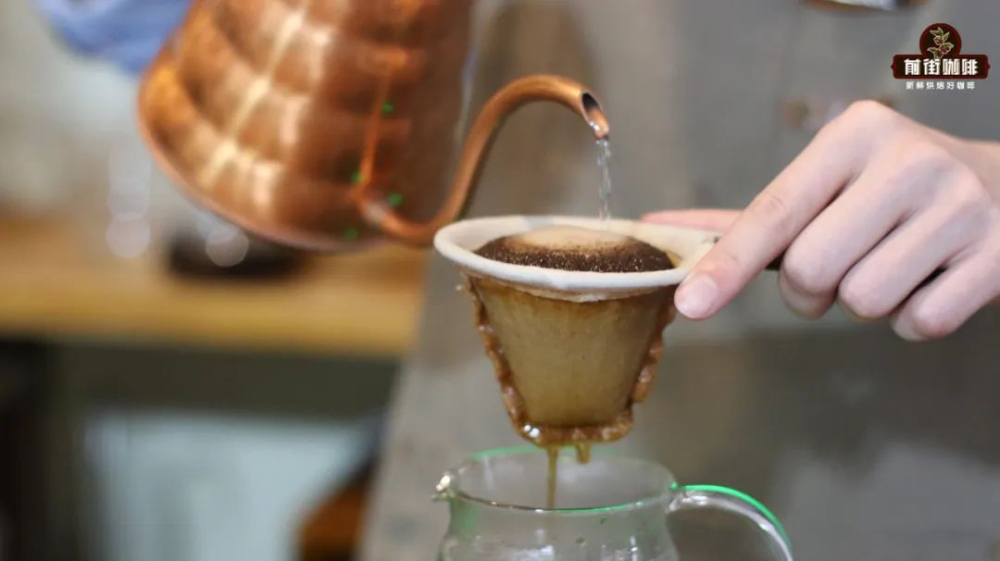
Therefore, the chef who uses flannel to make coffee will use a full amount of powder, first wet the coffee powder with a drip or a small stream of water, and then inject water in a small circle in the center to prevent the water from flowing away. The biggest difference between filter paper and flannel is that filter paper can let the water stay longer, forming immersion extraction. And flannel water retention capacity is weak, absolute whole-process filtration and extraction. When brewing deep-roasted coffee, a slow-paced, long-time extraction method can be used to produce a more complete flavor of the coffee, that is, rich in sweetness and bitterness.

When using flannel to brew shallow roasted coffee, if you still use slow-paced, long-time extraction, coffee extraction is complete, but it will wear away the active acidity of shallow roasted coffee and form thick and heavy flavors such as black tea and fructose. If you use the same punching method as filter paper, even adjust the degree of grinding to block the speed of launching. In the end, the flavor of coffee is tea-like, oligoacid and poor cleanliness. In the tide of shallow coffee roasting, the advantages of flannel are difficult to reflect, but expose their own weaknesses.
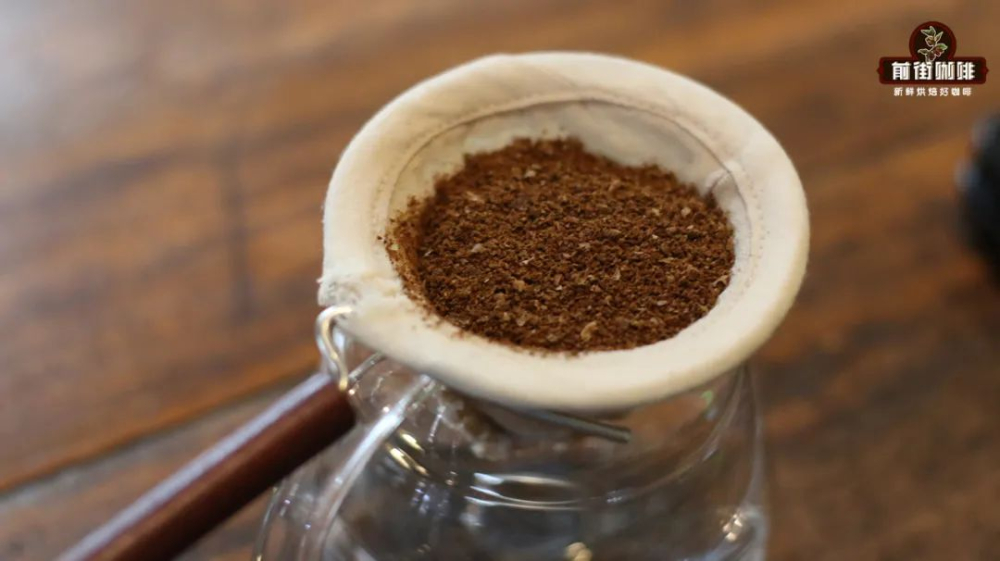
The difference of flannel punching method followed by the last question, flannel is quite different from filter paper and filter cup in the way of cooking. If you want to do a good job, you generally need to relearn and understand the use of flannel. The flannel punching method is more experienced, but it is difficult to show it with data. For baristas who are now getting started with most data learning, it undoubtedly increases the cost of learning. Flannel is difficult to preserve although the unit price of flannel is relatively high, it can be reused by proper preservation. But it is difficult to keep the flannel safe. First of all, flannel cannot be dried, because wetting and then drying will destroy the structure of the fiber. Therefore, after using the flannel filter cloth, it is necessary to clean the filter cloth, and then put it in clean water to seal and refrigerate to avoid the growth of bacteria.
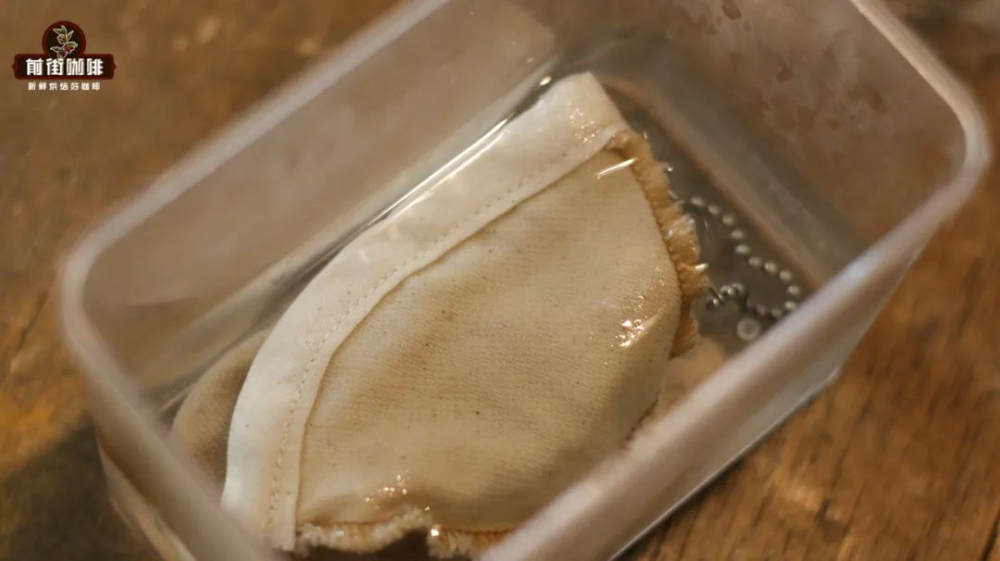
However, with the increase in use (usually starting from the third time), the filter cup will be stained with coffee stains and slowly turn yellow and darker. Therefore, in the follow-up use, it is also easy to have the problems of health, safety and taste.
Important Notice :
前街咖啡 FrontStreet Coffee has moved to new addredd:
FrontStreet Coffee Address: 315,Donghua East Road,GuangZhou
Tel:020 38364473
- Prev
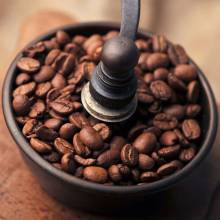
The grindability of espresso explains in detail: how fine is the coffee powder of espresso?
Before debugging, you need to taste the four cups of espresso made by the preheating machine to infer the performance of the bean grinder when it is used frequently. Once again, I need to remind you not to use the automatic weight function of the electronic bean grinder. But if you have special needs, you can also use it, but in the process of debugging the coffee mill, the bean grinder automatically separates the amount of powder and weight.
- Next
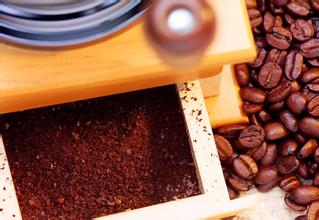
Coffee knowledge points: roasting, grinding and brewing are the three steps of coffee.
Roasting, grinding and brewing are the three steps of coffee. The key points of grinding coffee beans: 1. The degree of grinding should be average; 2. Friction heat occurs when grinding beans; 3. Does not produce fine powder; 4. The degree of grinding suitable for extraction is selected. The degree of grinding should be understood simply and averagely. The coffee powder with fine grinding degree has a larger surface area and more extracted ingredients. The more soluble ingredients, the thicker the liquid, the stronger the bitterness. So
Related
- What is the meaning of lactic acid fermentation with coffee bean treatment?
- How to judge the state of foam by sound?
- How does the latte pull out the unicorn pattern? Come to get for a little trick to improve the flower pull!
- Will flower pulling affect the taste of the latte?
- Do you know the history of coffee?
- The difference between honey treatment and sun washing what is raisin honey treatment?
- What kind of milk can a novice use to make coffee foam to keep the foam longer? The correct method and skills of milking tutorial sharing
- Why do washed coffee beans taste sour? Flavor characteristics of washed Coffee
- Introduction to the skill of how to practice the size and height of water injection around the circle of hand-brewed coffee
- How do beginners practice coffee flower drawing from scratch?

